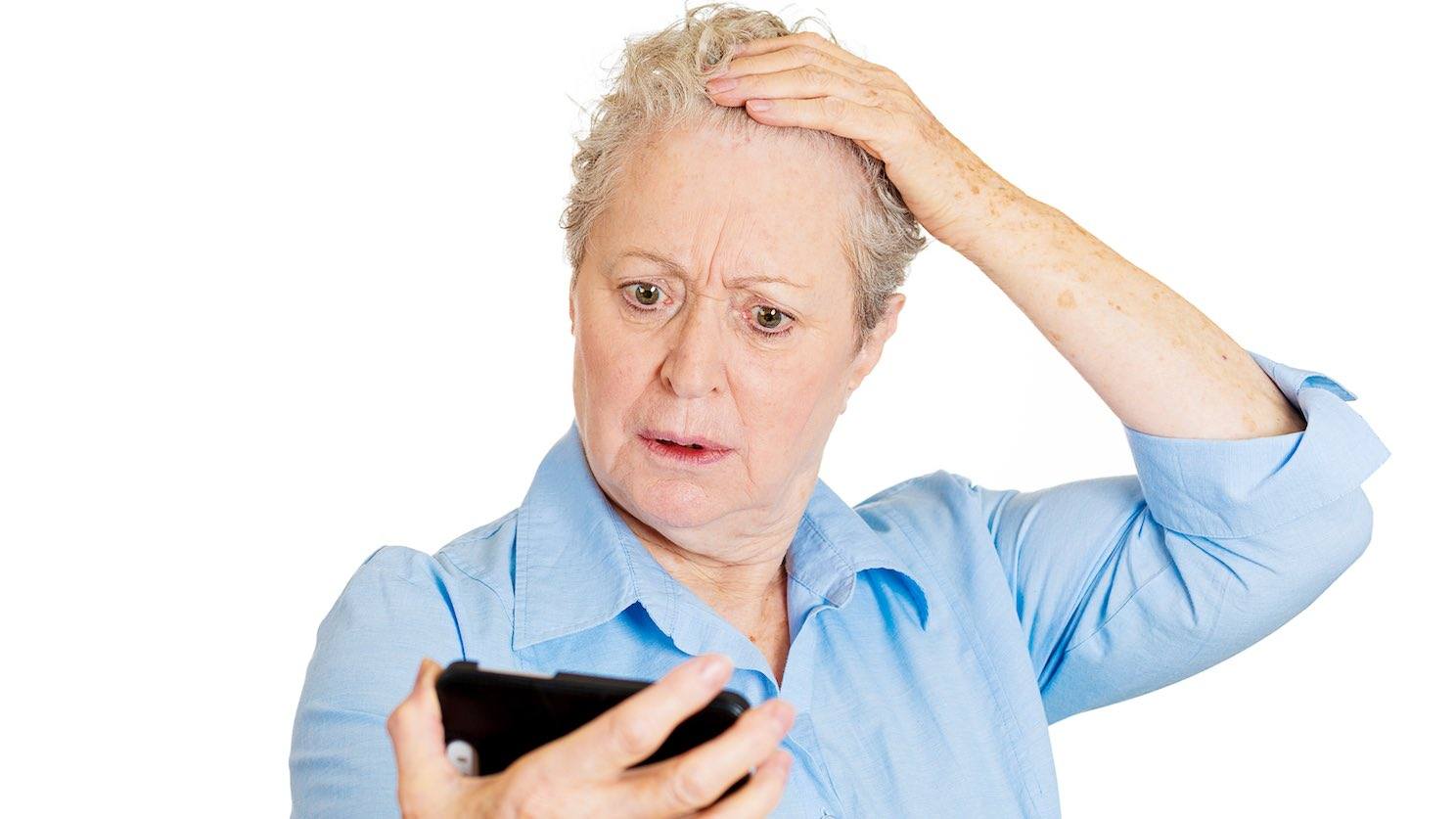Have you noticed changes in your hair? Has it gone from silky and radiant to dry enough to spark a brush fire? Are you finding more hair strands in your brush…comb…the bathroom drain? Is the hairstyle that you’ve loved for years started to look flat and dull? If so, you have joined the ranks of millions of men and women who are coming face to face with the reality of age-related hair loss.
In this post, Costhetics talks specifically about women’s hair loss. It’s a very common problem, but one few women like to think about, let alone discuss.
Fairy Tale Tresses
Throughout history, a woman’s hair has been called her crowning glory. Thick luxurious tresses are the stuff of movie stars, Barbie Dolls, and Disney fairy princesses like Rapunzel and The Little Mermaid.
Unfortunately, we don’t follow these fairy tale heroines into their senior years, so we never see what happens to their hair. It probably isn’t pretty.
Costhetics Explains Ageing and A Woman’s Hair
As we age, our bodies age with us, from our internal organs to our skin, and especially our hair. Hair quality and its distribution on the head change tremendously as we grow older. The first sign of hair loss most women notice is often a widening of the part or a shrinking ponytail.
Why is this happening? Anything that interferes with the natural growth cycle of hair can lead to hair loss. Among the most common factors:
- Age
- Genetics
- Androgenetic alopecia (male or female pattern baldness)
- Stress
- Medication
- Illness
- Infection
- Chemicals (hair dyes)
- Too-tight hair styles
- Flat irons, blow dryers, bad brushes
While it’s normal to lose about 100 hairs a day even when you’re young, adults over the age of 50 have trouble regrowing lost hair.
“The hair follicles get smaller and smaller so that they produce a hair that you can’t see. [They are the] finest hairs that exist, and…in women that’s what we call female pattern balding.” – Dr. Heather Woolery-Lloyd, dermatologist
7 Top Hair Loss Treatments for Women over 50
A variety of treatments exist for women’s hair loss, including:
- Minoxidil
- Androgen Receptor Inhibitors
- Estrogen and Progesterone
- Oral Contraceptives
- Ketoconazole
- Finasteride
- Cyproterone Acetate with Ethinyloestradiol
The results, risks, and side effects of these treatments can vary widely. When it comes to treating hair loss, Costhetics recommends that you consult with a dermatologist or skincare professional.
Be safe and stay beautiful!

